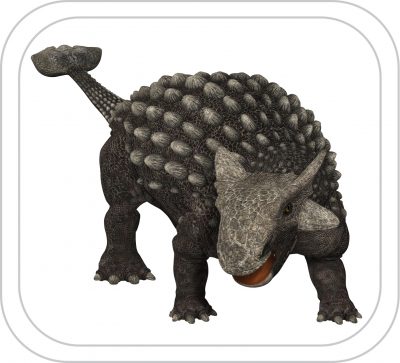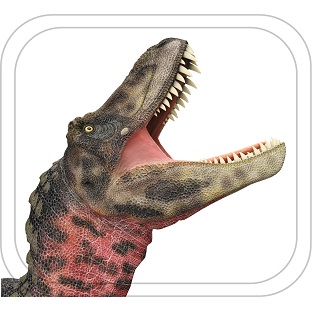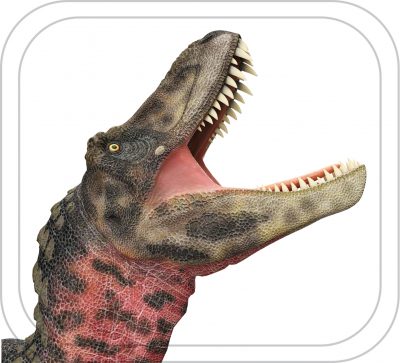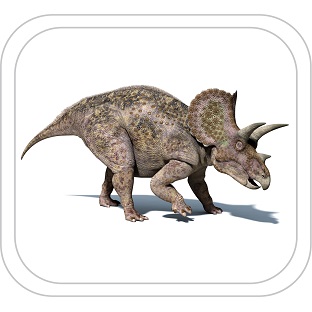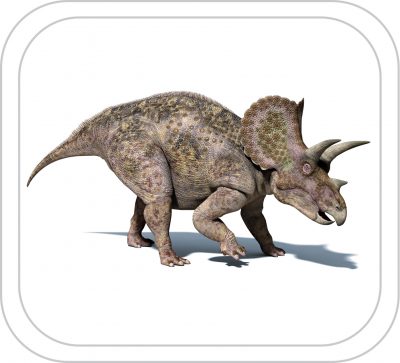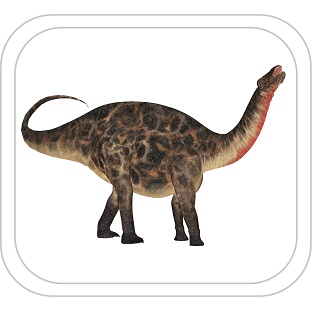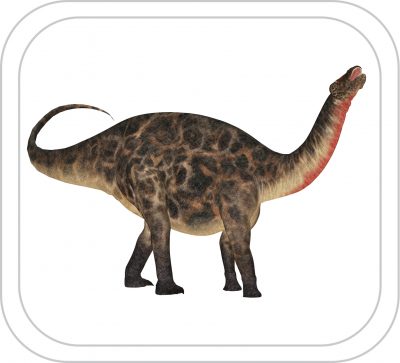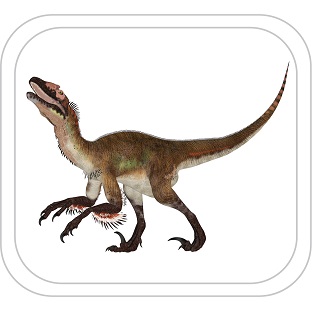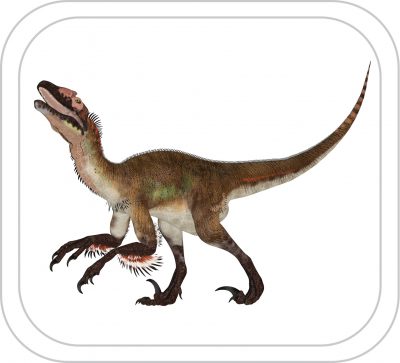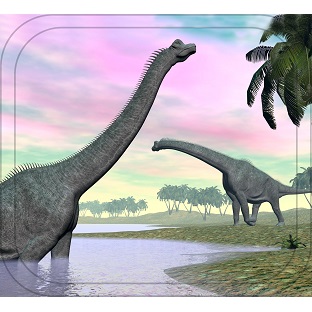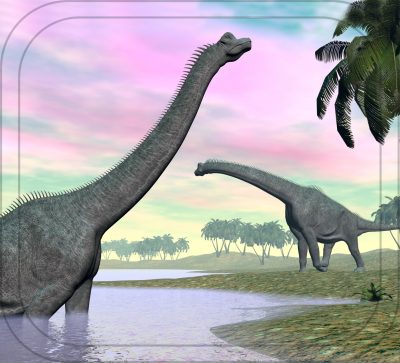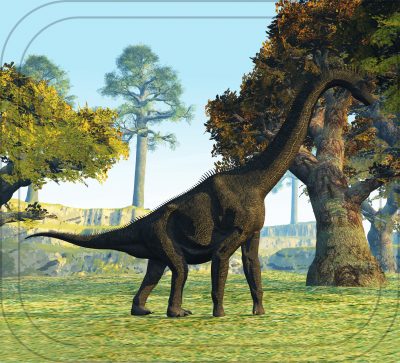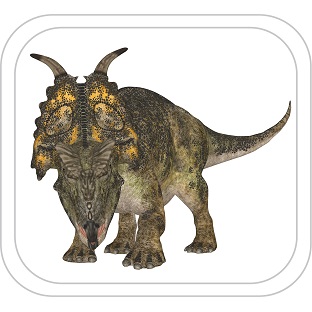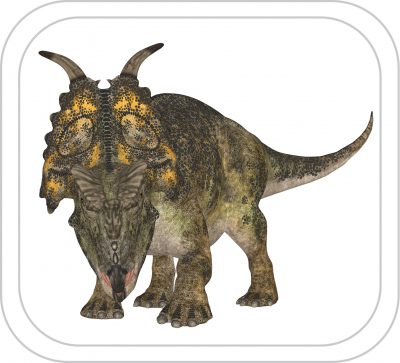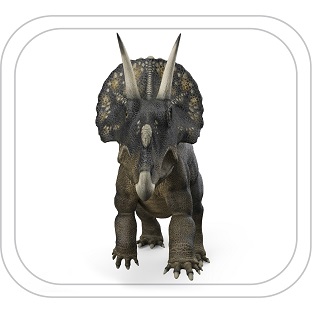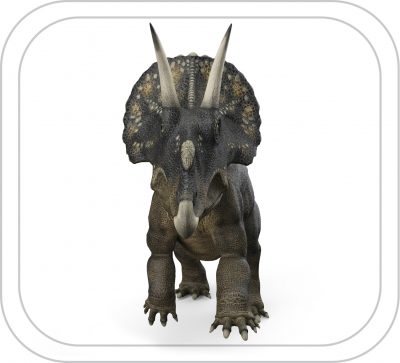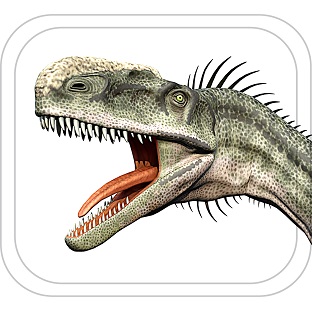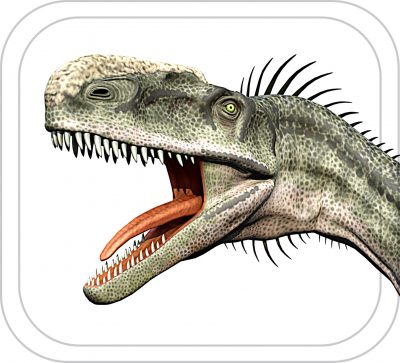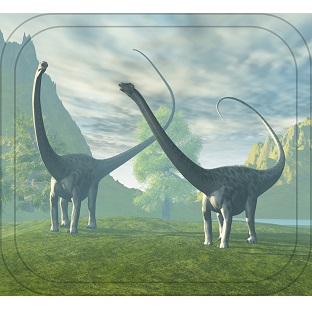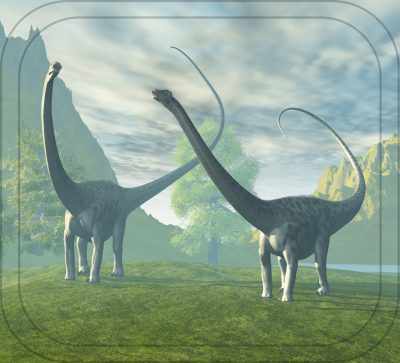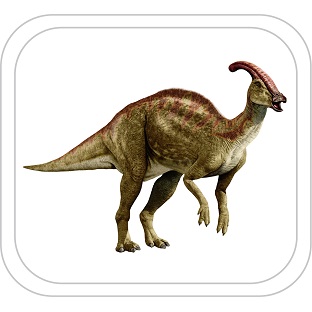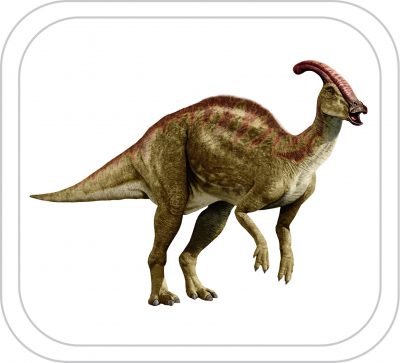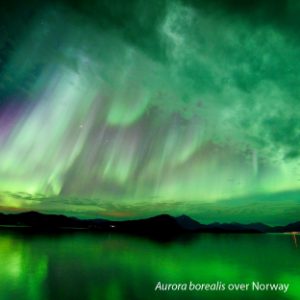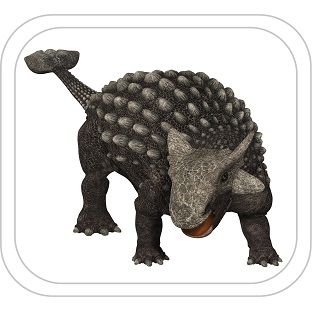
Name: Ankylosaurus
Pronounced: an-KIE-loh-sore-us
Meaning: ‘Stiff lizard’
Period: Late Cretaceous (74 – 67 million years ago)
Group: Ankylosaurs (curved lizards)
Size: It was 7m long and 2.5m tall. It weighed between 4000kg – 7000kg
Diet: Herbivore
Characteristics: The Ankylosaurus walked on four legs and is one of the largest armoured dinosaurs. It had a wide, triangular, heavily armoured skull, a gigantic tail-club and enormous chunks of bone embedded in its skin. A study in 2009 showed the larger tail-clubs could shatter bones on impact suggesting their tail-club could have been used for physical confrontations. The back legs were longer than the front legs and studies of fossils suggest it had five toes on each foot. It had a horny beak and small, leaf-shaped teeth suitable for eating plants. Palaeontologists have hypothesised its large stomach probably had a fermentation compartment to help digest more resilient vegetation. Consequently, they would have produced large amounts of smelly gas.
Named by: Barnum Brown in 1908
Discovery: Two skulls and three partial skeletons, including the armour, part of the shoulder girdle, ribs, vertebrae and a tail-club were discovered in the Hell Creek Formation of Montana, in 1906. Other specimens have been found in the Lance Formation along Cow Creek near Niobrara County, Wyoming and in the Scollard Formation, along the Red Deer River in Alberta, Canada. Ankylosaurus tracks have also been sighted near Sucre, Bolivia, South America.

